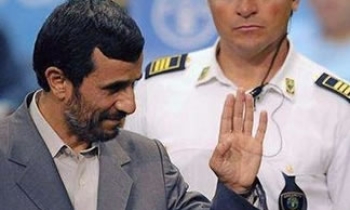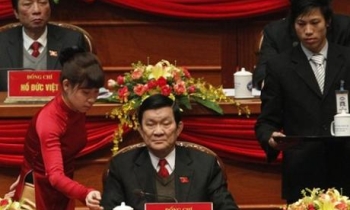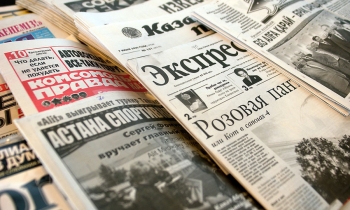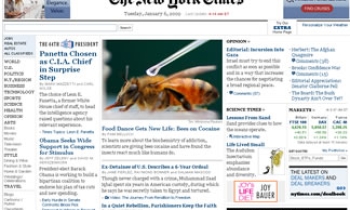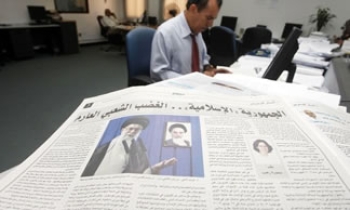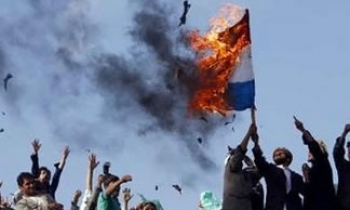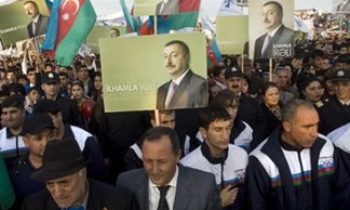This article may only add hype to the exaggerated newspaper war in Mumbai. For hyped it has been by all means.
There is a dash of the ironical here for it is, more often than not, the media which is accused, not always wrongly, of blowing up an event or a developing story out of proportion be it for the sake of TAM ratings (in case of television channels) or NRS/IRS figures (in case of print periodicals). But when the question at hand is about a media war, it is not difficult to fathom who might be behind this distended state of affairs.
The dramatis personae, themselves. Who else?
What, then, is the big deal about this battle for Mumbai? For, this is not the first time that newspapers are fighting over circulation. This is not the first time that the Times of India and Hindustan Times are engaged in hostilities over figures either. This is also not the first time that newspapers are battling it out on the Mumbai turf.
To set the record straight, this is a not a battle but a war. A war that has just begun; a war that is likely to witness a series of pitched battles. In a country steeped in astrological obscurantism, it is not surprising to see predictions already being prophesied. Anyone who has an opinion, has a prophecy.
Going into forecasts would be imprudent at this juncture leave that for the ubiquitous soothsayers. Let's, for expediency sake, just briefly look with circumspect at certain stark facts. We can safely exclude the figures for that is up to the newspapers to thrust on readers and advertisers. They either themselves conjure up favourable statistics or juggle around with unfavourable numbers. Facts will be safer to go by.
For TOI and HT, the struggle for New Delhi will be never-ending. Each has been contending the other's numerical assertions, and been engaged in an advertising pitch that looks at the other contemptuously. When disputes abound, it is well neigh obvious that the battle has not been won or lost decidedly. That is why the two had taken the battle far on to the streets of Kolkata. But Kolkata, as they gathered, is not the same as Delhi. The Telegraph and the Statesman still hold fort. Dents on the two, agreed, were made by both TOI and HT.
Expanding the battle frontier beyond Delhi was something neither wanted to risk till the economic scenario was bright and sunny; i.e. till the moribund advertising industry showed signs of burgeoning again. Kolkata was a testing ground for both. Not that either both rank outsiders gained much out of it. The Telegraph still rules in the eastern citadel, with the Statesman playing a reluctant second fiddle.
Mumbai, on the other hand, would always be different. The TOI is a monolith here, having wiped out virtually all competition from the face of the city in the last 20-odd years. The only semblance of a rivalry lingered on in the shape of the belligerent eveninger, Mid Day.
Pre-empting the battle with Hindustan Times and Daily News and Analysis, it was the Times of India which had blinked first long before the ongoing eyeball-to-eyeball confrontation by wanting a commanding stake in Mid Day. The move did not work out, and TOI's first gambit was to roll out Mumbai Mirror off the press. Despite all tall claims to the contrary MM has not been hot enough and is far from synging Mid Day.
TOI has much to fear from both HT and DNA, for both same reasons and others too. Firstly, the latter two are starting from scratch. In other words, every copy that these two sell, by the law of averages, could mean two copies less sold for TOI. The Old Lady of Boribunder stands everything to lose; the other two have everything to gain. If HT and DNA grow at a rate faster than at which the English paper reading population of Mumbai expands, it would only mean the TOI circulation is on a downslide.
In the months to come, TOI will be fighting tooth and nail to clutch on to the readership base it had built during its monopoly days. And showtime it is going to be, with the battle being fought on hoardings, self-glorifying advertisements in their own papers, in all likelihood on TV too. Some below-the-belt nudges at each other, probably some mudslinging too. Perhaps a bit of a price war but that seems unlikely; after all, how much can you keep reducing your embarrassingly low invitation prices.
The consumer, may or may not stand to gain, depending on whether these newspapers lose sight of the reader in the middle of this eyeball-to-eyeball wrangling with rivals.
All in all, media observers are in for some fun. And, the fun has just about begun.

